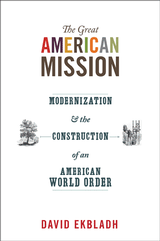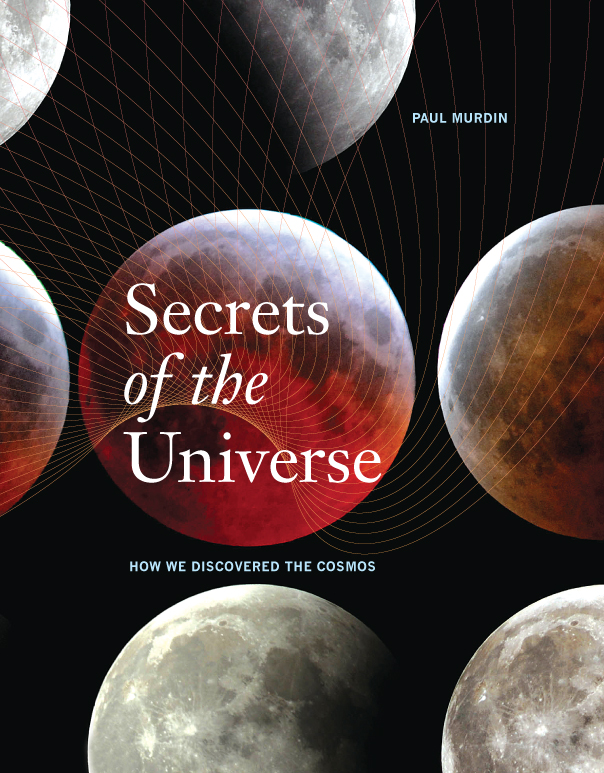Carol Graham is Senior Fellow and Charles Robinson Chair at the Brookings Institution and College Park Professor at the University of Maryland. She is the author of numerous books and articles on poverty, inequality, and social welfare policy.

Graham has an A.B. from Princeton University, an M.A. from The Johns Hopkins School of Advanced International Studies and a Ph.D. from Oxford University.
She applied the “
Page 99 Test” to her new book,
Happiness around the World: The Paradox of Happy Peasants and Miserable Millionaires, and reported the following:
Page 99 finds us right in the middle of studying happiness in Russia, from 1995 to 2000, a period of time when both economy and society were undergoing tremendous changes due to the collapse of communism. What we find, which supports one of the remarkable stories in the book, is how similar the standard determinants of happiness are across societies – even in contexts of adversity: Russia is no different. Enough but not too much income makes people happier; marriage, employment, and health also make people happier. There is a U shaped relationship between happiness and age, with the low point in the mid to late forties; remarkably this relationship holds across countries across the world. Happier people are healthier and generally perform better in the labor market.
Russia departs from the rest of the world, though, in that married people are not happier than the average and because retired people are unhappy (unhappy pensioners?). Other things about happiness in Russia do support our world-wide story: happier people are more supportive of democracy and have higher prospects of upward mobility for themselves and their children. In short, happiness seems to be linked to things we care about, like democracy, and may even result in better outcomes in the labor market and in the health arena.
That’s the simple part of the story. Our happiness research – both in Russia and in the rest of the world – suggests that people are remarkable at adapting to extreme adversity and maintaining their natural cheerfulness, while some others that live in prosperity report to be miserable: the paradox of happy peasants and miserable millionaires. Respondents in Afghanistan are happier than the world average, and Russian respondents living in contexts of high unemployment are happier than the average for Russia. This may be a good thing from an individual psychological perspective: Afghani respondents manage to retain their good cheer despite high levels of conflict, poverty, and corruption, while Russians living in low or no growth contexts have adapted to an unpleasant certainty, which they seem to prefer over the uncertain prospects of economic change. Yet this capacity to adapt may result in collective tolerance for things like crime, corruption, unemployment, and other bad things, helping keep some societies stuck in bad equilibrium.
My studies of happiness around the world suggest that happiness is a good thing and that we want more of it in the world. And happiness surveys are allowing us to answer all sorts of new questions, such as the effects of obesity, crime, commuting time, and participating in politics on happiness. At the same time, before we leap to making happiness an objective of public policy, we must understand its complexity and how its definition varies across people, countries, and cultures. Finally, some outcomes that we as societies care about, such as the toppling of dictatorships or the reduction of budget deficits, may require much unhappiness in the short term in order to achieve a greater good. This very nascent science is still grappling with these questions.
Learn
more about Happiness Around the World at the Oxford University Press website, and read Carol Graham's brief essay, "
Happy Talk: The Economics of Happiness."
--Marshal Zeringue
 She applied the “Page 99 Test” to her new book, Revolutionary Conceptions: Women, Fertility, and Family Limitation in America, 1760-1820, and reported the following:
She applied the “Page 99 Test” to her new book, Revolutionary Conceptions: Women, Fertility, and Family Limitation in America, 1760-1820, and reported the following:























